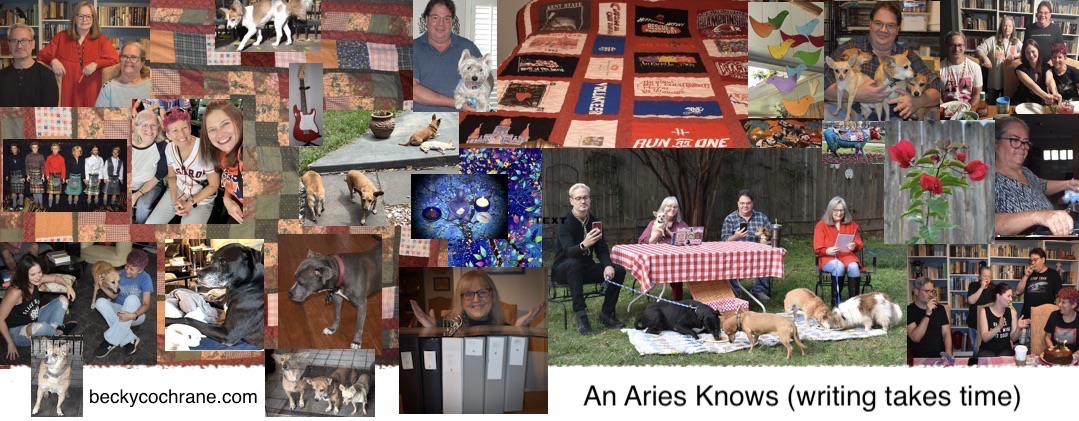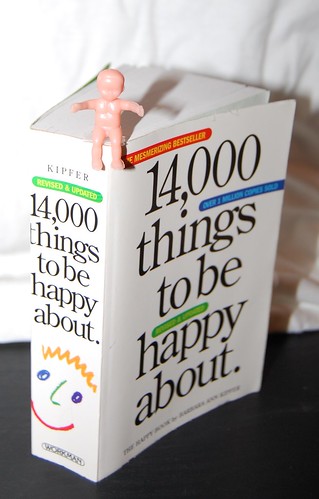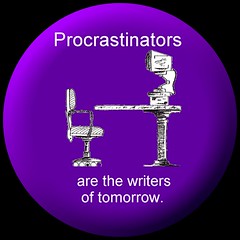When I graduated from college in the Middle Ages or whenever that mythical time was, it took me several months to find a job. Those were months I finally got to read as much as I wanted. If I’d liked a novel by an author I studied, I’d buy every piece of his or her writing I could find and immerse myself in it.
John Updike was one of the Johns from that time in my life: Irving, Cheever, Steinbeck, Knowles. Though some of my classmates took issue with Updike’s portrayal of women, I always felt he was one of those writers who held up a mirror for his readers. If we didn’t like what we saw, the flaw wasn’t Updike’s, but perhaps a reflection a little too precise for comfort.
What I most particularly liked about Updike was that I never felt any story was over. Certainly with his characters Harry Angstrom in the Rabbit books and Henry Bech, there was more story there, and time taught me I could count on Updike to tell it. Even for those stories he didn’t continue into other novels, his characters stuck around, giving me plenty to think about.
Like his novels, his short stories were beautifully crafted, making them not only a pleasure to read but a joy to teach. Though John Updike died on Tuesday from lung cancer at age 76, his work will keep him alive for generations.
If I’m correct, Updike was one of the writers who refused to believe that books are dead. I mean actual physical books that you can buy in a bookstore or check out from a library or keep on a shelf in your home. That which you can hold in your hands and smell its ink and test its binding and run the tips of your fingers over its paper.
Maybe I’m a dinosaur, because I still want books in my life. I like knowing I can walk into my living room right now and take out Rabbit, Run or Rabbit is Rich, and for a time, I can not only lose myself in Updike’s world, I can also connect in a tangible way with the girl I was at twenty-two who first turned those pages.
I see how books on tape, online publishing, or electronic devices like Kindle can keep reading a part of people’s busy, busy lives. I can even envision myself using something like Kindle for books I want to read once and don’t want taking up my very limited shelf space.
But… Today’s the birthday of one of my favorite artists, Jackson Pollock. I’m lucky that I can find paintings of his online that I’ll never be able to see in person. I’m even luckier that I own a book full of photographs of his paintings, because I like that book’s heft and its vivid photography. But nothing can compare to actually standing in front of a Pollock painting, seeing it whole and large and vivid, or stepping close and honing in on a one-by-one-inch square if that’s what I want to do. Sharing the same space with that painting is the closest thing I’ll ever have to standing inside a barn and watching the artist reach for cans of paint, and with deliberation and intent, pour them on canvas.
Holding a book in my hand is not only like holding a piece of art, but it makes me feel more connected to those moments when keys clicked or pen scratched paper and the writer created. Those pages, that binding, that ink–they are the tangible connection between the writer and me, and I want that connection with my favorite books.
In honor of my book-loving, dinosaur ways, this little guy is ready to get all wound up and find for you, if you comment with a page number between 1 and 611, and another number between 1 and 25, something to be happy about from this book:

Thanks to codyfrizbeejr for the dinosaur.












